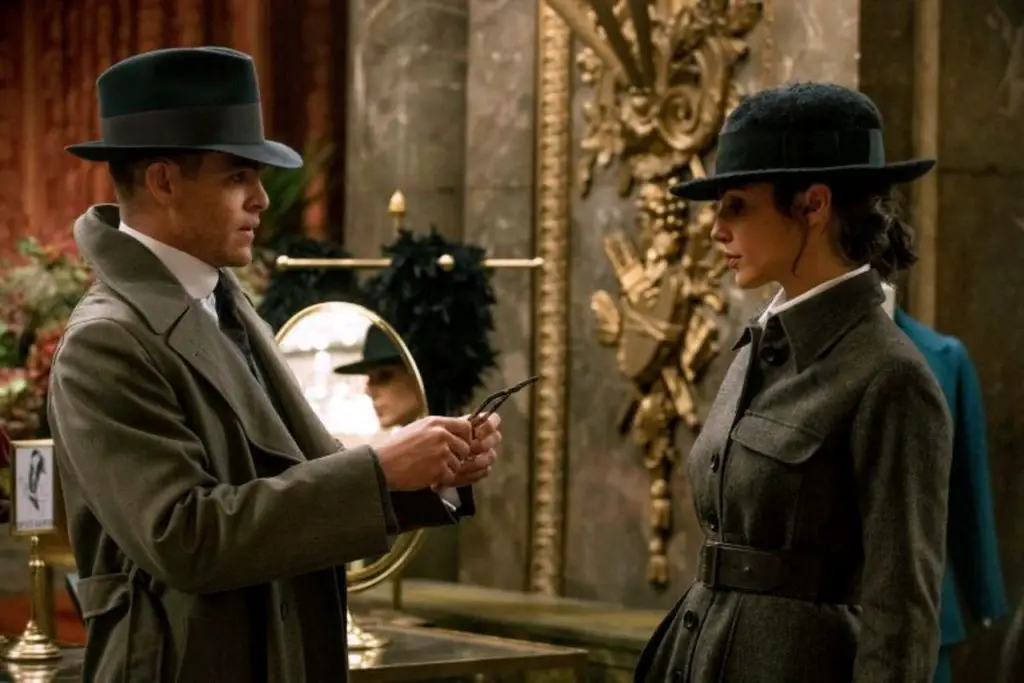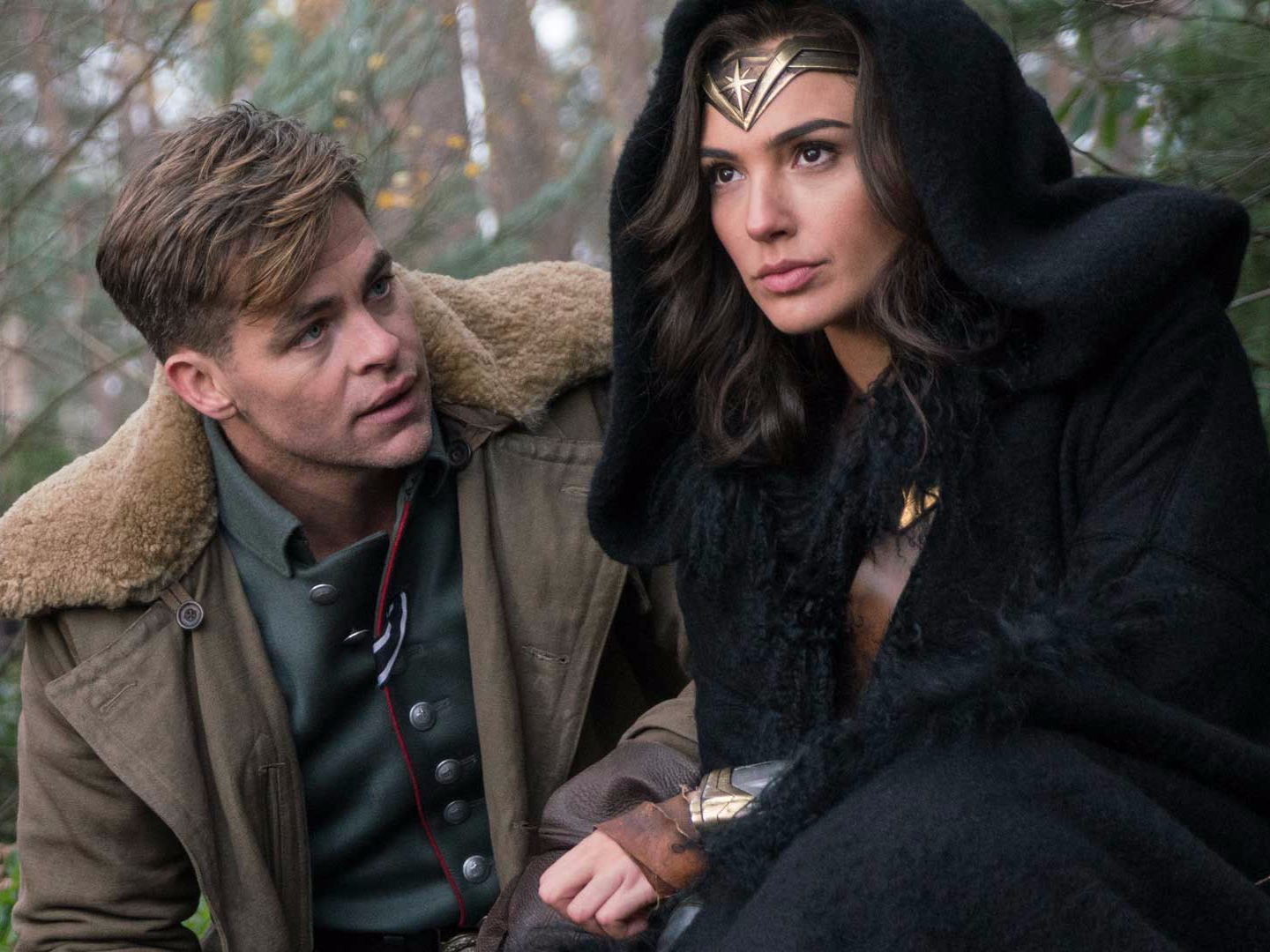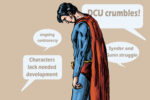When the filming of “Wonder Woman” was announced, the superhero community worried that the movie would be one that followed the “girls rule and boys drool” school of thought. But, while the summer blockbuster could have easily veered in the direction of preaching female empowerment while bashing men, “Wonder Woman” ended up being a model of modern feminism, at least in one way, in its depiction of women and men working together to save the day.
Showcasing female empowerment is not a bad thing; in fact, quite the opposite—it’s refreshing that audiences finally have a female lead in a major motion superhero film. However, often in works of art that highlight the rise of women, their spotlight comes at the expense of male agency, which results in men being made to feel bad about being men. “Wonder Woman,” on the other hand, in its depiction of both sexes working together as equals, is a representation of the heart of feminism.
The record-breaking movie follows Princess Diana of Themyscira, who is part of a tribe of insanely badass women, the Amazons. Her land is invaded by German troops who are chasing after an American spy, Steve Trevor, who is actually working for the British. Steve accidentally flies into “no-man’s land,” inadvertently crashing his plane into the water surrounding Themyscira. After the German men enter her land, Diana is introduced to the horrors of WWI that are happening beyond her world. She decides to help Steve in the war and to take down Ares, the god of war, whom Diana believes is causing all the mayhem. As the story progresses, the film shows Diana, with Steve, fighting the bad guys, and the plot repeatedly emphasizes their complementary, equal natures. Along the way, as they fight to save the world and shed their respective naiveté, audiences see the two of them working to understand each other.

The first time moviegoers see the power balance between the heroine and hero is when Diana saves Steve from his plane crash near the beginning of the film. Once Steve enters Themyscira, or “no-man’s land,” the plane he is flying to escape the German soldiers crashes into the ocean. Diana, in all her badass glory, jumps off a cliff and dives headfirst into the water. She rescues him “The Little Mermaid” style, by dragging him from the water and placing him safely on land.
Throughout the film, audiences see Diana and Steve, with some of Steve’s army buddies, going against German troops. Halfway through, the group finds itself stuck in British trenches fighting the Germans. Because of the topography of trench warfare and the fact that the Germans are poised to shoot anything that emerges from the British trenches, the Queen’s infantry, as well as a smattering of civilians, find themselves unable to make any headway. Then, in another moment of female badass-ery, Diana steps out of the trenches and fights off gun-fire with her magic cuffs, which are appropriately called the Bracelets of Submission, while Steve and his gang of misfits rush around Diana and invade the German trenches. As a result, the group saves the civilians who were stuck in the British ditches. The scene perfectly illustrates the two groups working together, despite the fact that, at the beginning of the film, Steve’s fellow soldier think little of Diana; but, once they see her in action, they change their minds, a small reminder that open-mindedness is an important component of equality.
Conversely, Diana gains respect for the men. In one calm scene, Charlie, one of Steve’s allies, who is a heavy-drinking Scotsman and sharpshooter, plays the piano and sings. The soldier, who is struggling with post-traumatic stress disorder, has difficulty shooting a gun, but when he begins playing the music, Diana realizes the complexity of his character, and that both men and women are composed of manifold, and at times conflicting, emotions, motivations and desires. Diana also gains respect for Sameer, another of Steve’s allies, who tells the Amazonian that he had dreams of being an actor, but, due to him being French Moroccan, he could never achieve his dream. Diana, knowing what it is like to face discrimination based on a part of yourself that you can’t change, looks at Sameer in a new light.
While Diana does a lot of saving people in the movie, Steve saves Diana and others near the end of the film in a climactic battle scene. One of the villains in the film, Dr. Poison, has filled an airplane full of gas that is going to be distributed over London. Steve decides to pilot the plane over an ocean, so London doesn’t get bombed with gas. Without spoiling anything, he is able to save many people.
Other than the battle moments that showcase the equality between Diana and Steve, filmgoers can also see the femme fatale and boy wonder teaching each other. Wonder Woman teaches Steve about her culture and beliefs, and he does the same for her. They struggle with understanding the other’s values at times, such as when Diana blames the horrors of war on the god Ares, whereas Steve thinks that war happens because humans are, well, humans, and that there is no one person to blame. As the film progresses, you can see Diana and Steve opening their eyes to each other’s way of thinking; Diana becomes less naïve and Steve learns to trust Diana. In doing so, the film underscores the fact that they each have flaws they need to work on, as well as strengths that they can accentuate.
At one point during the film, Steve says to the Amazonian, “I can save the day, but you can save the world.” He recognizes that “the world,” so to speak, needs both of them, not just him or her. In one line, he communicates the message of feminism, which is that both sexes are better off when treated equally. Both retain their agency throughout the film without sacrificing their human foibles, and in portraying the complexity of human relationships, and the unique nature of male-female relationships, the movie manages to provide a shining example of a real, mutually beneficial feminism.


















[…] Read the full article from the Source… […]